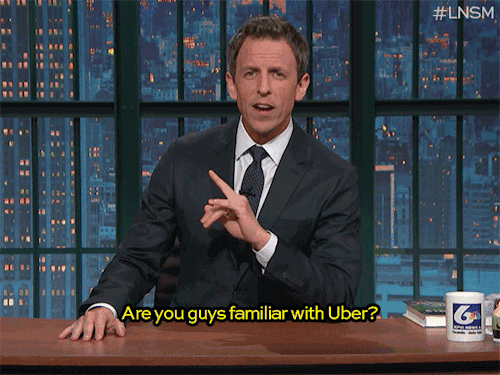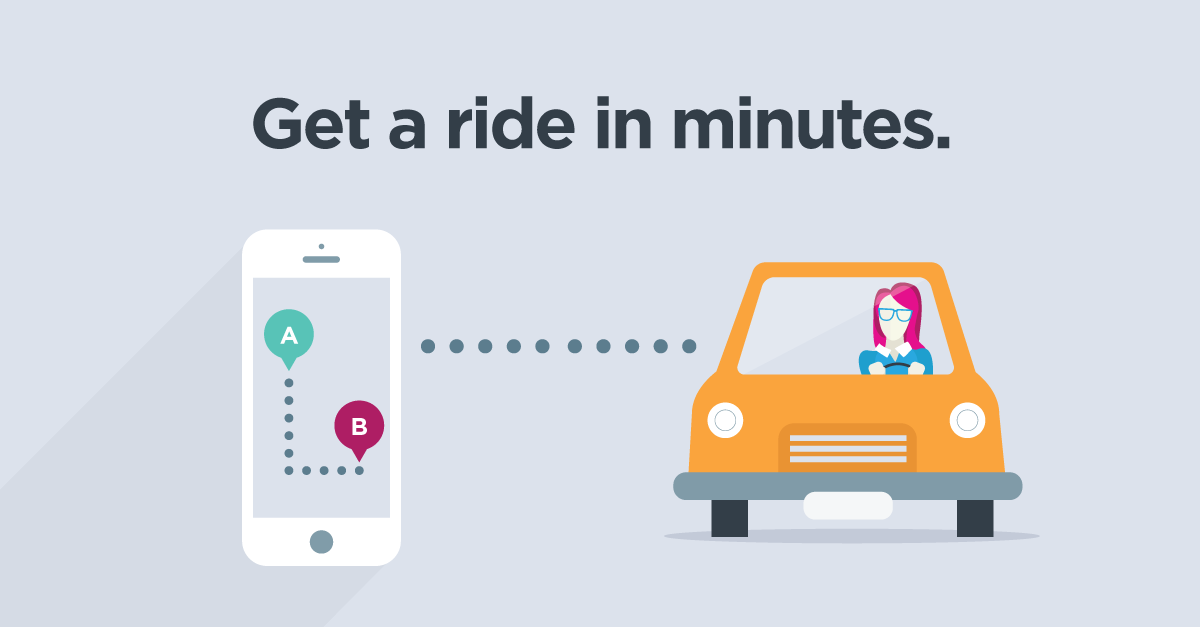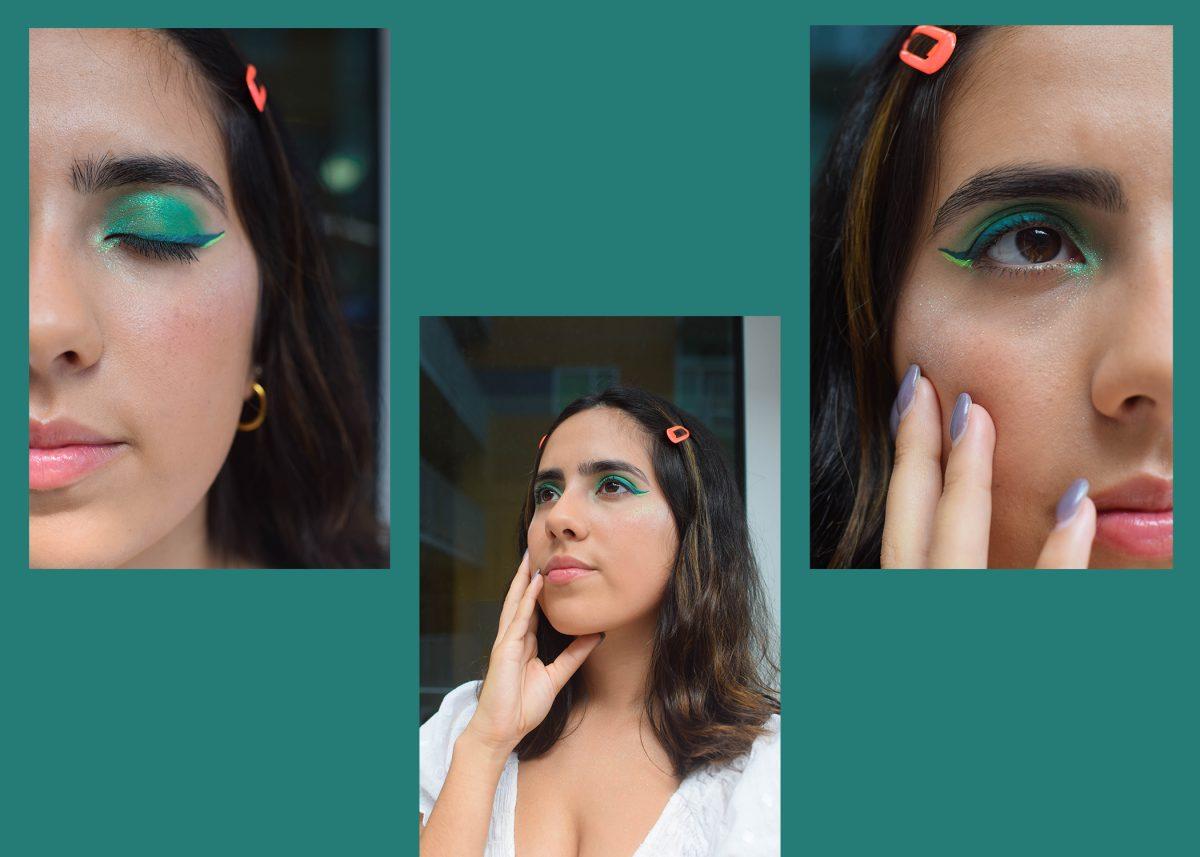Austin can be intimidating. It’s busy, intensely crowded and it feels gigantic, especially to a freshman new to the area.
Story by Kaiti Neuman
When you don’t have your beloved car here with you at school, Austin feels difficult to explore and you might feel like you’re trapped on campus. For those who are easily overwhelmed by the thought of navigating unfamiliar forms of transportation, here’s a quick overview of some alternative ways to get around Austin.
The Wheels on the Bus
Ah, the good ol’ bus system. Luckily for University of Texas at Austin students, it’s free as long as you present a valid UT ID (pro tip: when you swipe your ID when first getting on the bus, have the stripe on the bottom and facing towards you). To look at all the different routes, you can go to the Austin Residents’ website and look at the list they’ve compiled of all the bus routes that stop along the campus, but here are a few especially handy ones to get you started.
640 – This is the 40 Acres Shuttle. It goes around the entire campus in a clockwise circle.
641 – The East Campus Shuttle. This one will take you from East 23rd Street near the stadium, down Dean Keeton all the way to the other side of I-35.
642 – The West Campus Shuttle. This bus will take you in a counterclockwise loop from San Jacinto Blvd. to San Gabriel St.
801 – You can hop on this one at a couple different stops along Guadalupe. It runs all the way from South Congress to Tech Ridge.
Carpooling Like a Pro
If the bus isn’t quite your style, you can use one of the several ride-sharing apps that are active in Austin. The main ones are Lyft, Uber, RideAustin and Fasten. The differences between them are fairly small, so it’s more of a matter of finding which one you personally prefer.
For example, if you’re a social butterfly, you might prefer Lyft as their drivers are often expected to be somewhat interactive with their riders. As for price differences, the companies tend to be pretty competitive with each other which results in the prices being about the same. On average, there’s a pickup fee of around $2, and then a charge per mile of about $1. However, these prices tend to rise during peak transportation times, such as rush hour.
All the companies function similarly. You download the app, make an account and put in your credit card information. From there, whenever you need a ride, put in your current location and your end destination, and the app finds a driver nearby to take you. While some apps let you reserve rides in advance—with Lyft, you can make a reservation up to 7 days in advance, and with Uber, you can make a reservation as many as 30 days in advance—the RideAustin website, which doesn’t currently offer reservations, recommends requesting a car about 10 minutes before you need to leave. After the ride, you’re given the option to tip your driver and rate them out of five stars. They also rate you as a passenger, and if you get good ratings, you get drivers that also have good ratings.
Helmet Hair
Don’t want to be crammed in a car on a beautiful day? Rent a bike! If you’re using the bike purely as a way to get from point A to point B, you’ll probably want to rent a bike from Austin B-cycle, the city bike rental system. They have stations set up throughout Austin, and you can pick up a bike at one and drop it off at another. With different payment options to choose from, such as anywhere from a 24-hour access pass to a few annual membership options, you can be as committed as you want. On the flip side, if you’re looking to use the bike for a more scenic ride, then a private bike rental system like Barton Springs Bike Rental may be a better choice.
A Mega-Plus
A popular option for students going home to the Dallas, Houston and San Antonio areas for the weekend is the Megabus. Fare prices can vary with this option depending on how far in advance you buy your ticket, which seat you sit in and what time you’re departing. For example, buying a ticket for one in the afternoon on the day you want to leave with a reserved seat can cost more than $50, whereas getting your ticket for a bus that leaves at ten o’clock at night with no assigned seat three months in advance can cost as little as $1 (although this is a rare find; the price for these is usually around $10 to $15).
Some cons of the Megabus include never knowing who you’ll be sitting by for an hour or more, varying prices and only a few pick-up and drop-off locations in each city. However, cheap fares are available, and the Megabus stop near UT is at 1500 San Jacinto Blvd. A note: if you do take the Megabus, bring a blanket! The A/C is always full-blast.
Zip on Back
If you live in a small town that isn’t near the cities the Megabus travels to, or if you want to rent a car for the day’s errands and remember what it’s like being the one behind the wheel, there’s a handy little company called Zipcar.
The cool thing about Zipcar is that you can register as a UT student and it will waive the $25 application fee and lower your annual fees from $70 to just $15. Just choose the option to join with a university, search “University of Texas at Austin Students” ) and click “join now.”
Once you’re approved, which can take less than 12 hours, they’ll mail you a Zipcard that will arrive within three to five days. From there, whenever you need a car, you find a Zipcar near you, use the card to unlock it and drive wherever you need to go for the time you reserved it, which can be anywhere from an hour to seven days.
Since Austin is not one of the locations that allows one-way trips, you will need to return the car where you picked it up. But don’t worry about paying for gas: there’s a fuel card inside the car. Users are just expected to leave at least a quarter of a tank left for the next driver.
The next time you feel like campus is an island with no way to hit the mainland, remember that you have options. Getting around isn’t so scary once you put yourself out there. Soon you’ll be a total pro. Safe travels!
















































